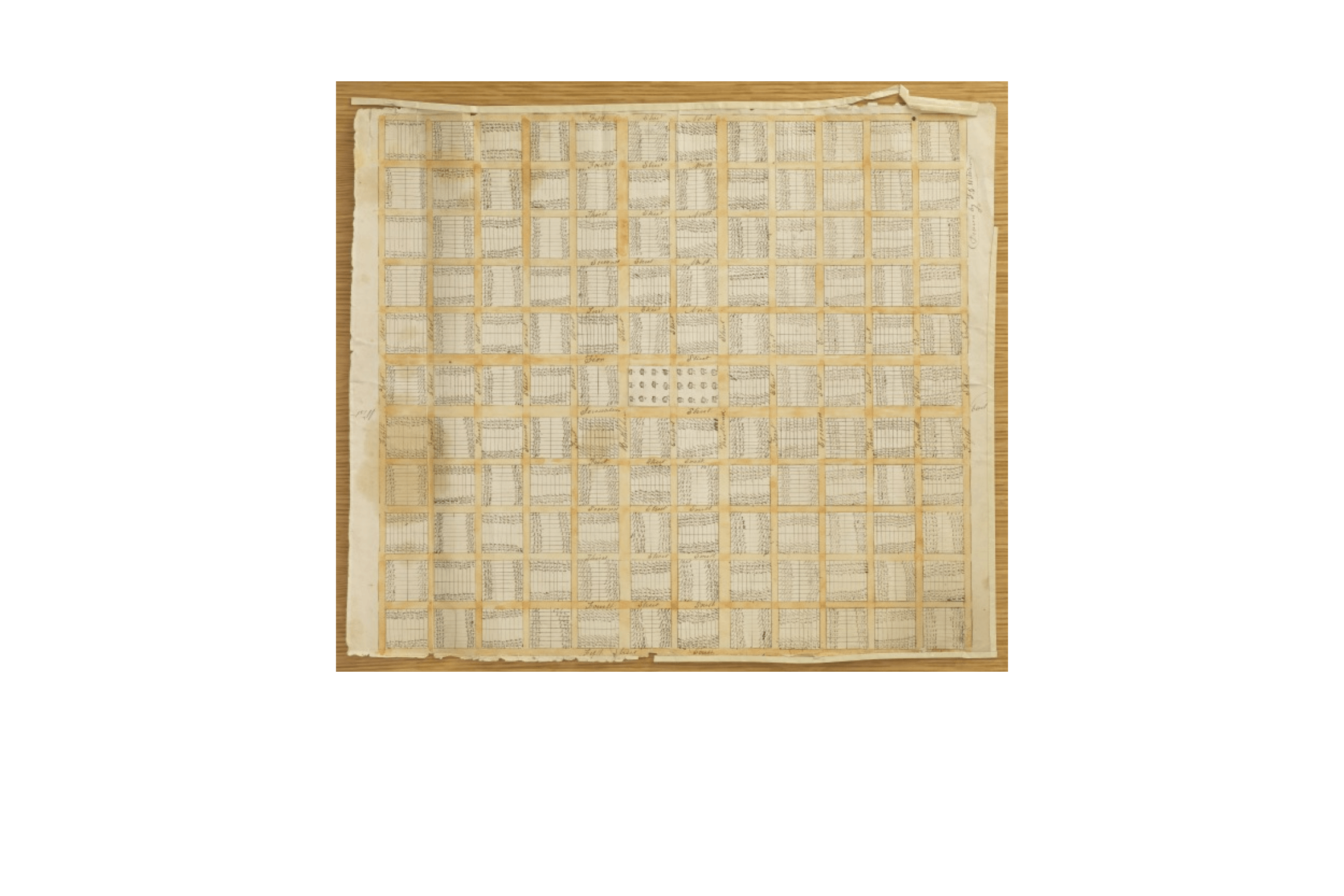by Robert Stevens, April 6, 2021
Our #1 problem in Utah is housing. Real estate prices are soaring, demand is enormous, supplies are low and few people have solutions.
People are buying county lands quickly and then discover seemingly endless regulatory hurdles to get subdivision approval which is required to build a home.
There is plenty of land—Utah County comprises 2,144 square miles. Not all of it is inhabitable, but given 640 acres per square mile and 2019’s population of 636,235, each man, woman, and child could own 2.15 acres.
For years, Utah County Commissioners claimed it was their duty to hold the county lands in reserve for the expansion of the cities (also known as urban sprawl). Countless regulations were passed to establish order by well-intended people; however, they also serve as roadblocks to deter uninformed citizens who try to settle their land.
Good, hard-working county employees and are doing their best to help, but they must work with existing regulations. Anyone can file an application to amend the Utah County land use ordinance but who has $300 to spend on each new idea?
Seventeen years ago when land prices were affordable, my wife and I purchased 103 acres in Utah County. Having read many pioneer stories we were excited to build, but because power was not installed the county denied our request. Neither would they approve solar or geothermal energy as the primary power source. Bringing the power to our property from far away was just too cost-prohibitive.
County commissioners told us our only option was to divide our land into 5.25-acre agricultural parcels and sell them as needed. Miraculously, in 2013 a family agreed to purchase one of our unimproved parcels subject to using their monies to install the power.
One day in 2016, I had a flash of inspiration that connected the problems of land settlement to an old, historic document.
From 1847 to 1905, early settlers including members of the Church of Jesus Christ of Latter-day Saints built more than 500 cities in the intermountain west patterned after Joseph Smith’s City of Zion Plat (circa 1833), and then for no apparent reason stopped.
Utah’s Housing Crisis Can Be Traced to a Corrupted Understanding of Joseph Smith’s 1833 City of Zion Plat
Utah residents know these as grid cities laid out in squares with beautiful tree-lined streets wide enough for a wagon to make a U-turn. Most don’t know these cities were designed to be self-sufficient, and not dependent on food imports.
Self-sufficiency may be essential as a congressional report warns an electromagnetic pulse (EMP) could result in the death of 90% of the population. Although developed as weapons, EMPs can also be natural as was the 1859 solar flare.
To purchase a city lot, pioneer families would pay the surveyor $1.25, move onto it and go to work. Each lot was large enough to grow enough food to sustain one family.
Cities were to be surrounded by farmland. Farmers were invited to also live on city lots where they could be socially edified, but still walk to their nearby farms. Should families require additional food, they could purchase it from the farmers.
When a city filled up, another city could be built adjacent to it with its surrounding
farmland. Picture adjacent cities buffered by farmland as donuts laying flat in a box.
Picture adjacent cities buffered by farmland as donuts laying flat in a box.
Since 1905, county officials passed hundreds of regulations making it nearly impossible for new farms and cities to emerge. Many regulations are old, outdated and few are footnoted with meeting minutes.
We watch county commissioners come and go. Some regulations have been refined, new ones added, but most are like old programming code that nobody wants to delete because they neither understand their history nor purpose.
In December 2020, I asked a commissioner for solutions regarding our housing crisis. He said when the Savior returns he will have the answers.
Isaiah 9:2 tells us, “For unto us a child is born, unto us a son is given: and the government shall be upon his shoulder.”
The government is presently on our shoulders. Once we recognize the current regulations are the problem, then new leadership can bring together people who feel the most pain, civic and ecclesiastical leaders, land developers, contractors, engineers, surveyors, and Realtors to find simple, elegant solutions.
Joe Alfandre did just that to plan the Kentlands in Gaithersburg, Maryland, considered one of the most beautiful and desirable master-planned communities in the United States.
Once the floodgates open and Silicon Slopes innovators are invited to participate, they will solve our housing problems.
Using the Six Thinking Hats focus group method or another that works, ideas will flourish.
Today, the only Planning Landmark Award for Utah is Joseph Smith’s 1833 Plat of the City of Zion. It is time to recognize the treasure we were given and use it to guide our future.
When we succeed, we may look back and realize it all started with an old, inspired plat.
Related Articles
- Insights Gained From Trying to Settle in Utah County Outside of Incorporated Cities
- Utah’s Noxious Weed Act Criminalizes all Landowners with Noxious Weeds
Robert Stevens is a startup CEO and senior software engineer at Invent.me
